Interview w/ Lydia Tomlinson
I’m not often one for self-reflection. I run my life at a hundred miles an hour, juggling multiple projects, home and work life commitments, and living between Devon and London so rarely do I have time to sit down and think about the past. However, in a stolen moment at the beginning of this year I cast my mind back to the very start of TAMARA HARVEY, back when I was doing a university degree I hated and sewing zip pouch prototypes on my mum’s sewing machine in their house in South Devon. The year was 2016, I was twenty years old and the idea of starting a British leather accessory company was germinating. There are so many things I would have killed to know back then that I do now because not only would they have saved me time but also a lot of headaches and crucially money! No start-up story is ever smooth but recently I decided that if only there was someone – an entrepreneur in the fashion industry who gave honest advice about the hurdles of forming your own company when you’re an outsider. Let’s not beat around the bush, I knew no one. I had no training or previous experience in fashion. I like clothes but I would never say I follow trends. Frankly, at the beginning I was naïve but damn I had a lot of self-drive. There’s a lot of fawning over entrepreneurs / designers running multi-million-pound ventures but next to nothing about the practical elements of running fashion start-ups. So, I thought I would structure my insight into tutorials on YouTube. Now I want to do more, I am opening up my book of industry contacts and asking the questions young entrepreneurs want – need to know.
For the beginning of this new blog series I have reached out to my favourite British digital creator Lydia Tomlinson (@lydiajanetomlinson) to discuss starting out, the dark side of Instagram and how she works with brands. We first collaborated with Lydia way back when in 2017 and have watched her grow since. To date she has a following of over 250k, makes styling videos on YouTube and runs The Millennial Girl’s Guide. So, without further ado, here’s my interview. Just a note: my responses are in italics.

Can you describe the moment when you decided you wanted to become a digital creator and realised it could be a financially-viable career?
Yes! It was during university, after I’d done an internship for a luxury magazine in Manchester - I had to write articles about influencers and it really sparked an interest to do it myself. I always had in the back of my head that it could be a long-term career, but at first, I took it more as a hobby and work experience. I think when I gained my first few thousand followers I really got the buzz for it and decided I wanted to make it into a job! It was then when I reached about 30k followers I decided to leave my part time job and go full-time. It was a scary process at the time but I’m so glad I pushed myself!
The first hurdle is always to step out of your comfort zone and push yourself into the unknown. Especially into a career which was relatively new at the time. I suppose your experience working for a luxury magazine helped you to curate an aesthetic and hone your writing skills. Those early days, with only a handful of thousand followers, was probably when you really began to learn your craft and set the foundation for what was to come.
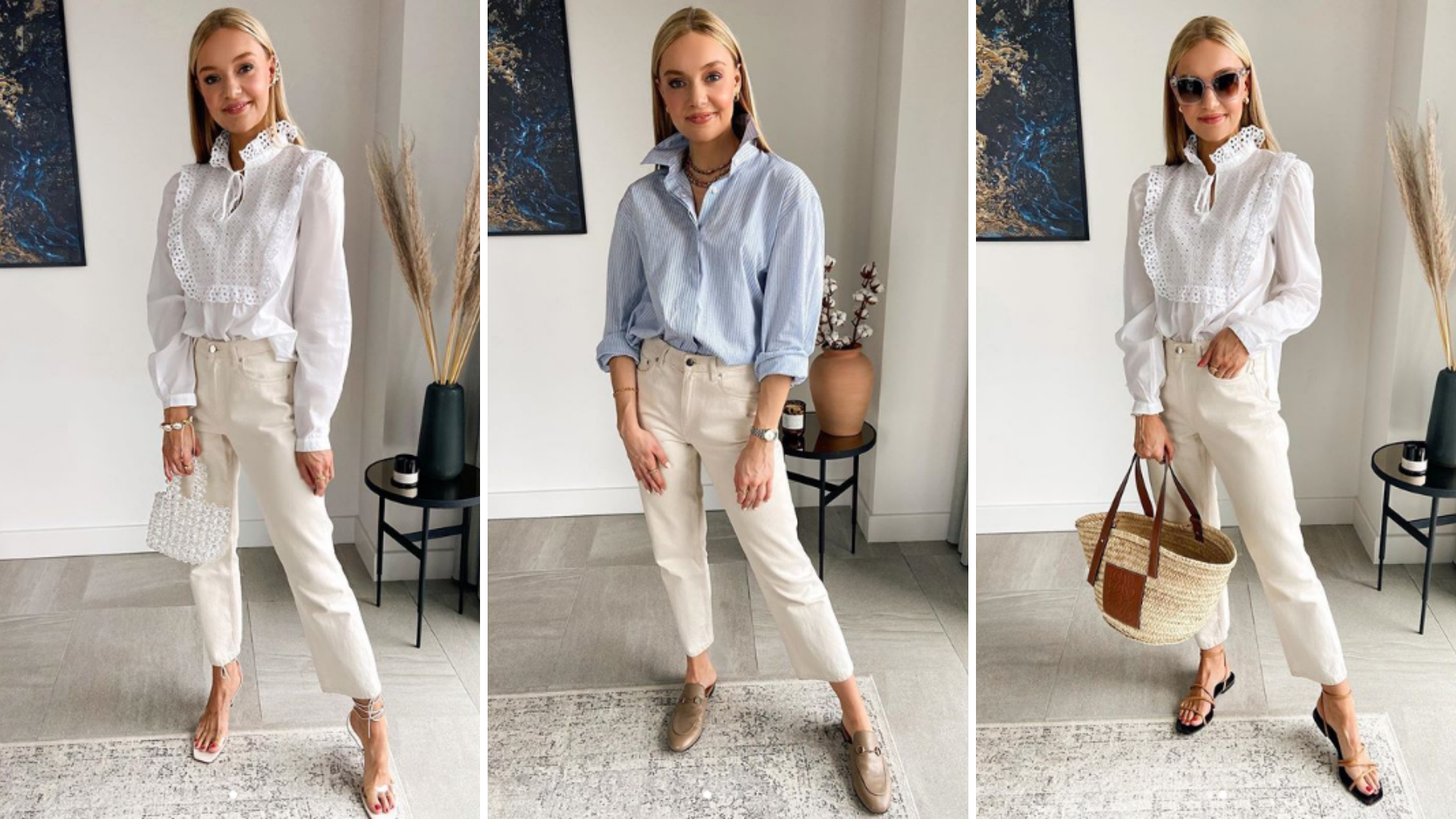
What’s been the biggest learning curve you’ve had since becoming a full-time digital creator?
I think when people see influencers, they immediately have pre-conceived ideas about what their job is like; it looks relatively easy at times, with great perks! I think I fell victim to this before I did it as a job myself - there’s so much hustle and disappointment behind the scenes, as there is in any other career!
Yes, definitely. There’s not a single job out there that is all fine and dandy every day! I think the curse of social media is that it only presents one side of the story – the glamourous side! And often edited side of what really goes on in this tumultuous industry. There’s a strange perception that being an influencer is a hobby which makes you cash rather than a full-time job. If you’re going to have success in anything you have to treat it as much as you would do a traditional office job because emails still have to be replied to and projects have to be completed.
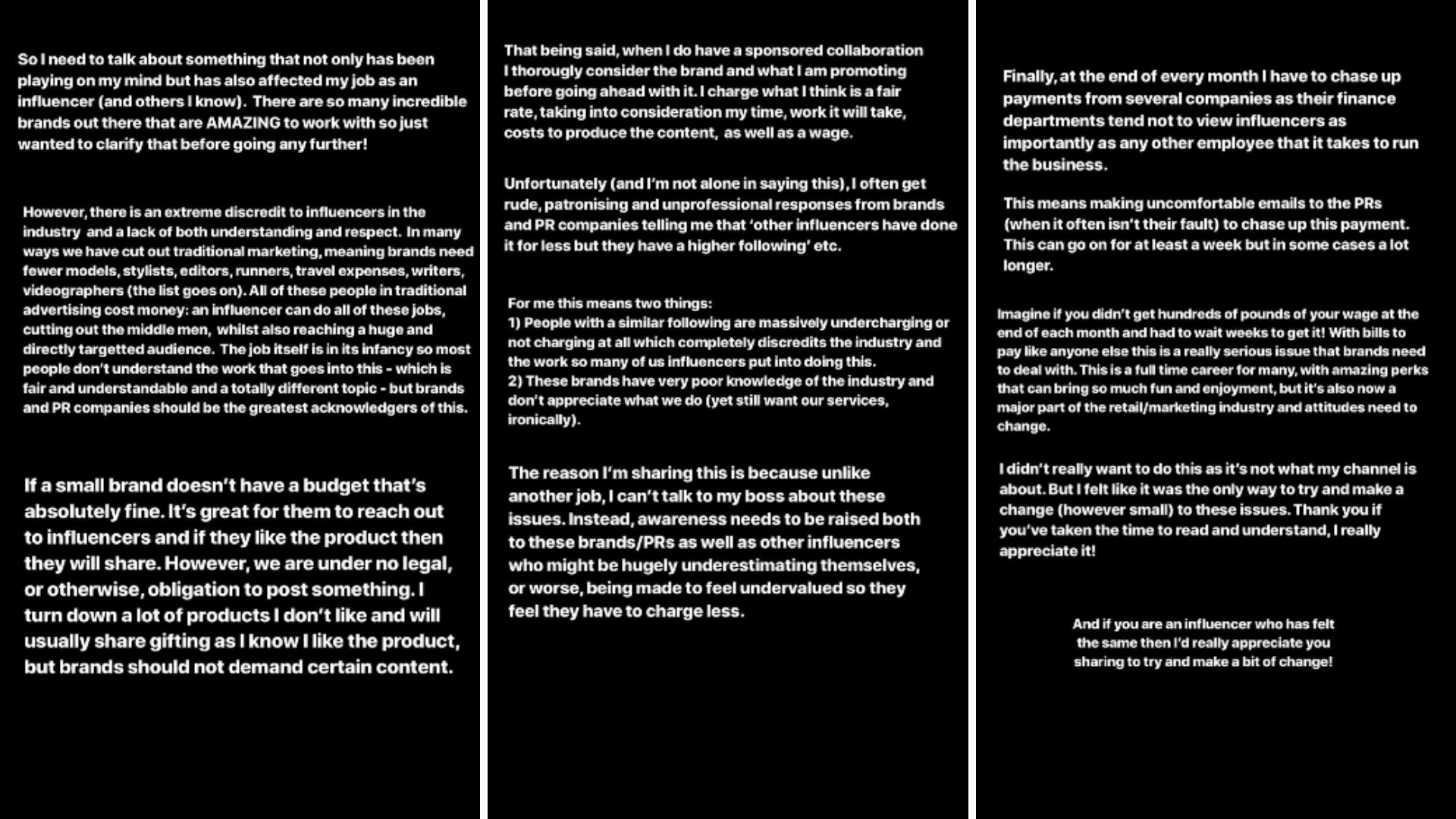 You’re running a business, just
like anyone else but many would be quick to write you off, as you explained
well in the above tweets from 2018. I really believe there should be more
transparency as influencers so that they can get more recognition for their
work and the way they’ve disrupted an industry.
You’re running a business, just
like anyone else but many would be quick to write you off, as you explained
well in the above tweets from 2018. I really believe there should be more
transparency as influencers so that they can get more recognition for their
work and the way they’ve disrupted an industry.
What do you find most frustrating about the influencer community right now? And what would you change?
I think this is something that is slowly changing, but the notion that it’s just ‘taking a quick pic’ and looking good. The industry is focused around young females and unfortunately I think this means that people don’t take us to be serious business women.
There’s a marked difference between the influencers who post here and there and those who produce high-quality content each week like yourself. From following you and other creators like Alex Rivière (@ariviere) there’s an art to it. I know your follower demographic and hers might not be the same but the same consideration will go into composition, styling and brand collaborations.
For the sake of young people’s mental health this inaccurate perception has to change. I can’t tell you how many times I’ve heard a teenage girl say she wants to be an influencer because she thinks it’ll be free designer bags, lots of holidays and looking pretty all the time. I feel like I want to shake them sometimes and shout it’s not like that at all! As we mentioned earlier, it takes hard work and a lot of guts to succeed as an influencer and you have to be just as good a photographer and stylist as you are a business woman.
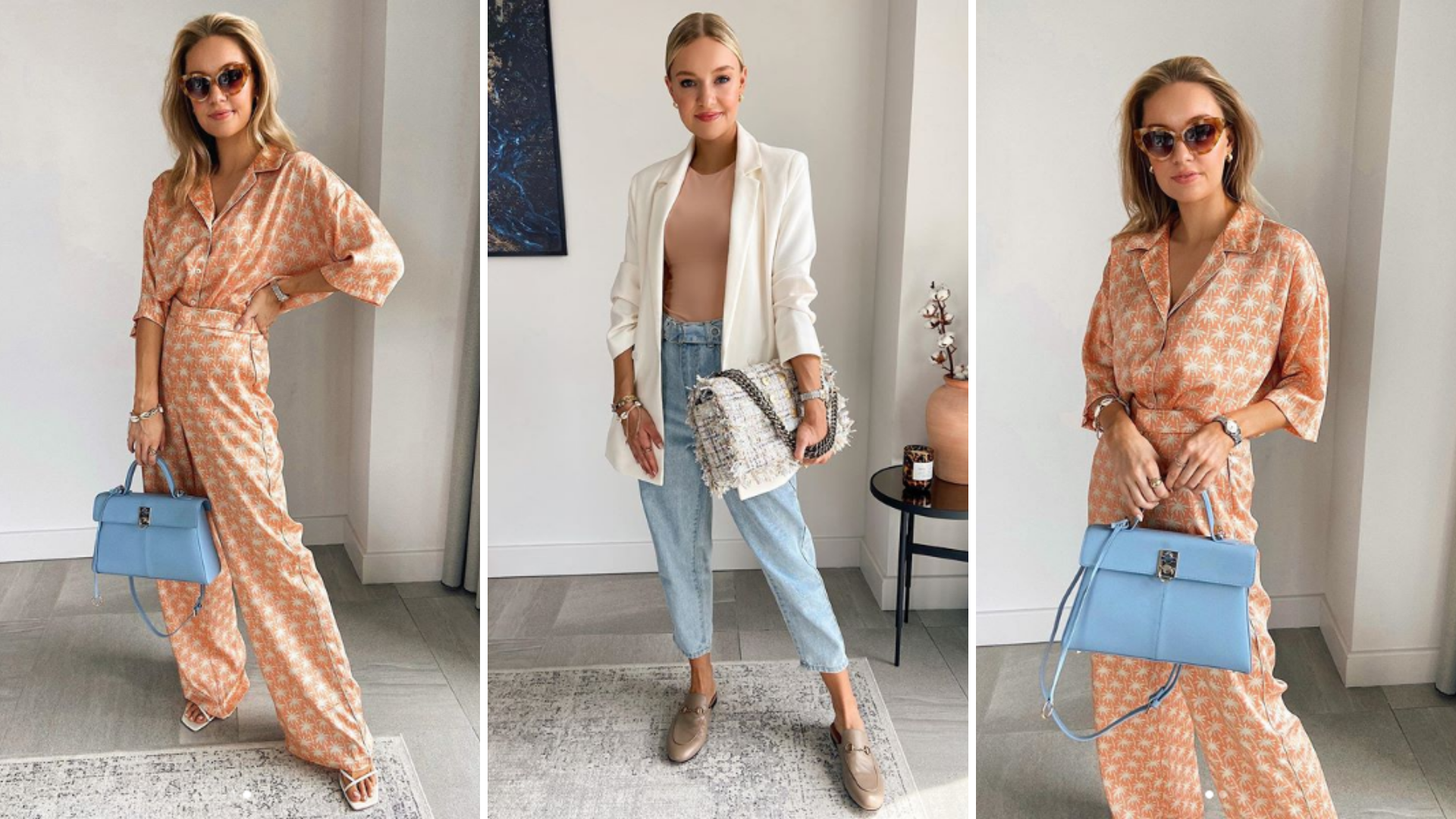
The fashion industry is facing a very difficult climate with many high street titans and premium brands struggling so what advice would you give to start-up brands trying to generate a presence online?
I know it’s perhaps predicable to say influencer marketing, but I really believe that it works! 90% of the fashion, beauty and lifestyle products that I buy are all influenced by Instagram and YouTube. Don’t feel if you have no budget then you can’t approach influencers. Explain that you love what they do and you’d really like to send them a product. If someone forces me to post something then I’m less inclined to want to share it, whereas if a start-up says that they’ve been a follower for a while and think their brand would work with my style then I’m always keen to share. I think wording goes a long way - especially in this very email-led industry!
They’re
some great words of motivation for the raft of young entrepreneurs out there
possibly feeling disheartened and embarrassed that they don’t have the connections
or budget for influencer marketing campaigns. When you run a brand at the
beginning there’s so many outgoings that it can feel counterintuitive to give
products away. But, as you said, the approach makes all the difference.
Everyone is busy and stressed these days so a nice email in your inbox will be
appreciated especially if you’re being authentic. If you’re going to be gifting
multiple influencers at the same time it can get expensive depending on the
cost of your products so doing research like you said and approaching
influencers whose content you actually enjoy and believe would suit your
product is a must.

How long does it take you, on average, to organise, film and then edit one of your IGTV videos?
That’s a difficult one because it usually starts the week before. On a Thursday or Friday I sit down and plan for the following week. This can take anything from 30 minutes to a couple of hours! The following week, I make sure all the clothes are ironed the day before, and then I have to set up the equipment and move some furniture around before filming. The filming is usually around an hour, and editing can be a couple of hours - for YouTube it’s all a bit longer!
This is side that the majority of your followers won’t consider – anyone outside of the industry won’t appreciate. As you said earlier, it’s not just looking good and taking photo to show off your new bag; there’s a lot of legwork that goes into every bit of content brands and influencers post. I recently started a YouTube channel to discuss fashion entrepreneurialism and was initially surprised at the time it takes just to get twenty minutes of finished film.

Digital creators are making use of technology and platforms that weren’t available a decade ago. They’ve created a whole new way of working, spawned a multi-million-pound industry and even have their own subculture. One could argue it seems like a rosy licence to print money from the outside but have you experienced troubles or any personal doubts monetising your content?
Not necessarily because I’ve always seen the power of the industry. If I ever feel like I have ‘imposter syndrome’, I ask myself ‘how many people would it take to produce this content if it were a traditional advert?’. Influencers do the job of photographer, stylist, publicist, marketer, editor, model and makeup artist all at once, so I remind myself of this if ever I have a doubt. It’s now a vital part of this huge industry.
That is a great way of looking at it! And the models, make-up artists, photographers and stylists have now become influencers in their own right. Influencers turned the fashion and beauty industry upside down for example why would a brand pay £10k or more for an advert in a magazine when they can partner with a digital creator and get a far wider reach for much less. Traditional print marketing, I believe, is one of the sectors which will be over in ten or so years. Simply because brands don’t need magazines anymore and magazines know this and so they are rapidly changing their business model. Great influencers are doing the jobs of editors too!
What would you say are the hurdles or drawbacks of portraying your life on Instagram and other social platforms? And do you ever feel the pressure to conform to a certain aesthetic and perception of what is considered beautiful within fashion?
I think so, yes! Recently I’ve decided to share less personal things as some people have very strong opinions despite not knowing you! I personally try to focus on my own style and stay true to that but I can see how easy it is to fall down the rabbit hole!
It's so strange that the internet has given people a platform to showcase themselves but instead they decide to criticise strangers instead. I suppose it’s one of those weird things that society needs to define a new etiquette rule for. A rabbit hole is the perfect metaphor for Instagram!
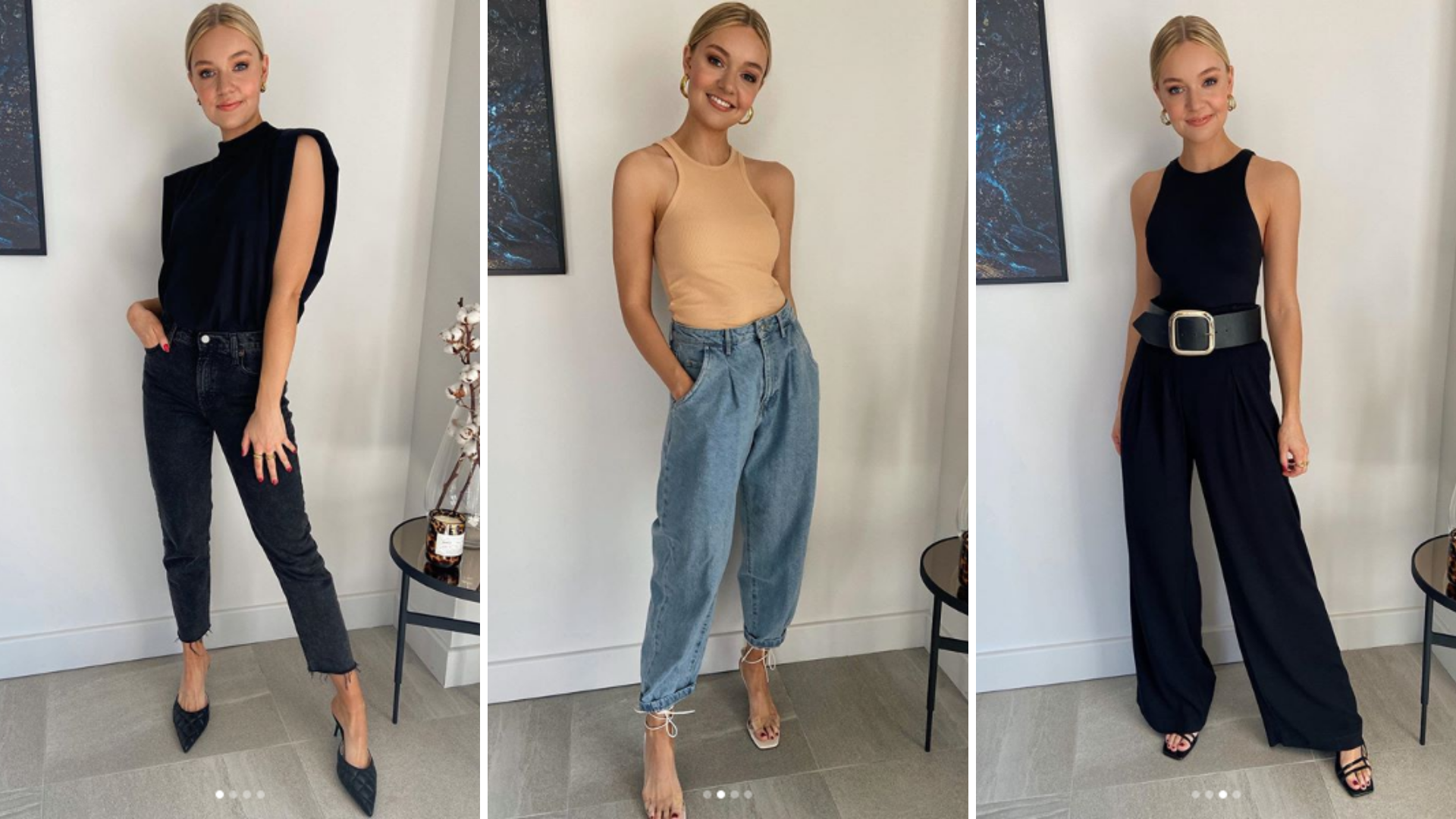
A generation of young people idolise the life of an influencer however many will lack the confidence to put themselves out there let alone the self-drive to stick at it and grow a following. Did you always feel confident about yourself?
I’m not an incredibly outgoing person and I definitely wouldn’t be the loudest if you walked into a room, but I do think I’ve always had a quiet confidence and self-believe that if I worked really hard, then I can do this. My parents always instilled the notion that you have to put the effort in if you want to get anything out, so I do feel I have an innate self-drive that keeps me motivated. I know no one else will do it for me, and it isn’t going to be handed on a plate, so I have to work hard to see results!
It's so strange to me that you say that because when I watch your YouTube videos you look so calm, confident and at ease on camera so I would never have guessed that you don’t think of yourself as outgoing. I’m the opposite! If I walk into a room, I see it as an opportunity to regale comic anecdotes! However, I hate having to model on photoshoots. I find it very tedious and embarrassing having to do street style stuff. I definitely agree with your assertion that nothing will be handed to you on a plate, if only more millennials thought like this. In business you have to get up and hit those barriers head on especially in fashion because the only guaranteed route to success in this industry is if you have a famous parent or you know the ‘right people’. I had none of those things when I started. You’ve got to be bold, driven and thick skinned to get even an inch of justified success within fashion.
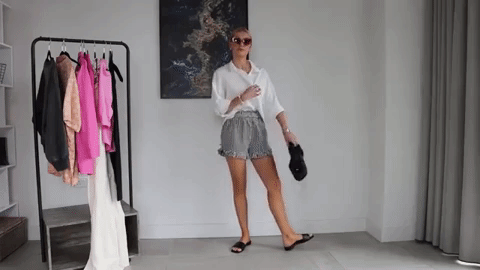
Predominantly it is whether their pieces fit my style and aesthetic, because then I also know my audience will respond well to the pieces too. I try and stay true to my style and make sure the brand I’m working with fits that.
I love that you say this and this proves why I was so keen to interview you for this series because you are authentic with your followers and personal brand. I’m never one to mince my words and to be honest there’s a lot of influencers on Instagram who will promote anything for money – shamefully so, but you won’t. I think what you’re saying here also works well for brands. When I’m asked about influencer collaborations I always err on the side of caution and tell brands to do their research to find a good fit or not to bother at all.
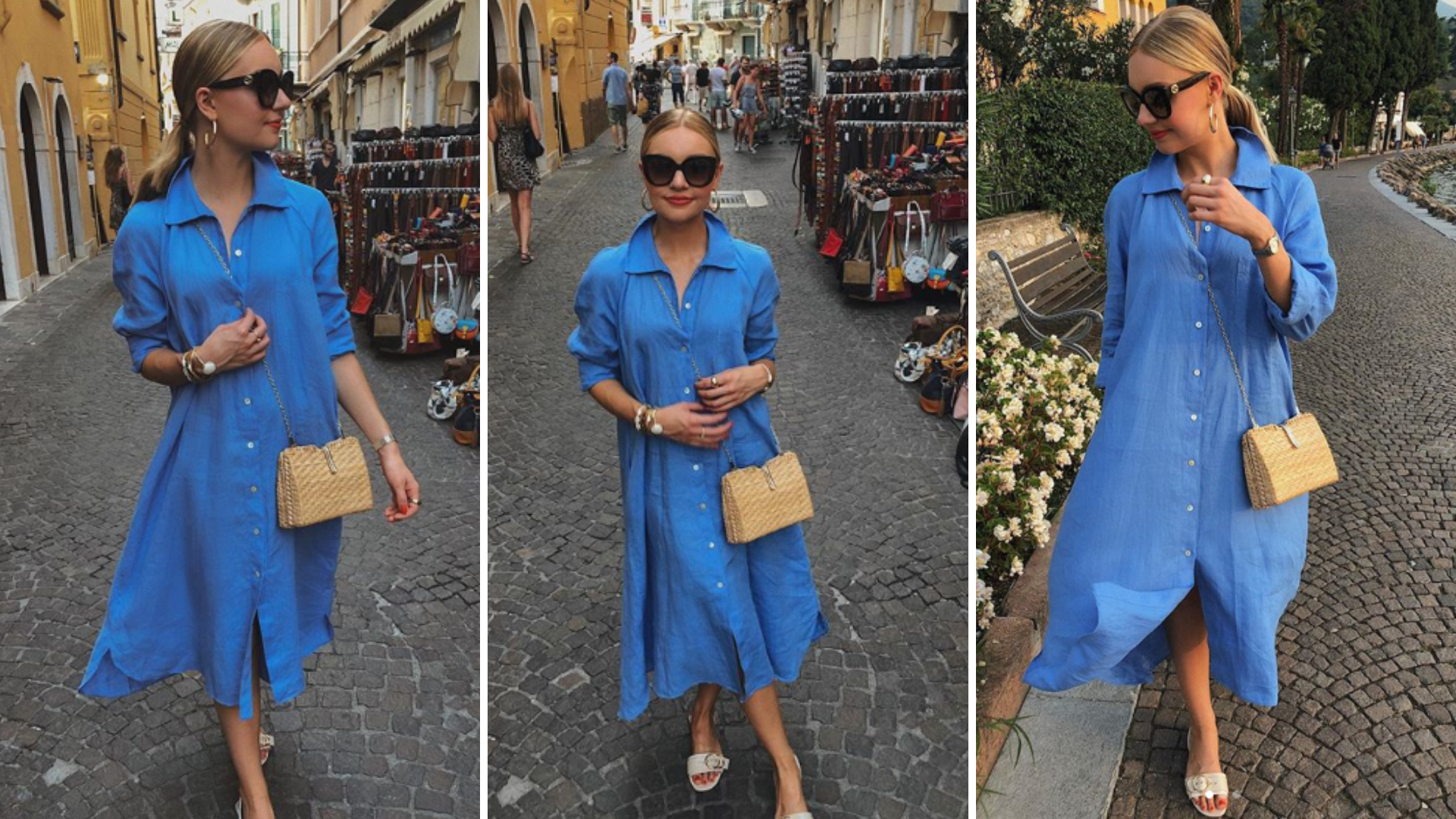
What is the competition like between British fashion influencers – is there competition? Do you ever compare yourself to others and how do you set yourself – and your content - out from the crowd?
It’s definitely easy to compare and I think we’re all guilty of it! It’s no bad thing because I think sometimes that acts as a drive - not out of competition, but more as inspiration. I try to only see myself as my own competition. I’m not competitive with others, so I tend not to get involved with anything like that. In my experience, this industry is like any other: some people you get on with really well and others you don’t as much. I wouldn’t get involved with any negativity!
I definitely think for the sake of your own headspace you need to appreciate healthy competition and grow some self-resilience. I know from my experience running a brand that competitor analysis is hugely important and I used to feel very envious of other brands and designers when it came to their content – it fuelled me but in a negative way. Over the last two years I’ve continued to keep an eye on the competition but not obsess over it; they have different designs, a different aesthetic and a whole team behind them. We may share the same customer demographic and some stockists but there’s no point losing sleep over it. It’s like running a marathon, you always have to keep watch for the runners ahead and behind of you but your personal progress is most important.

What tips would you give to aspiring influencers who want to create high-quality, easy content but may lack resources (clothing, time or editing software etc)?
When I first started I was at uni, working one day a week and also trying to establish myself as a blogger. You have to build up to things, rather than thinking you can get all the equipment and editing software on day one (unless you have unlimited budget). I’ve seen so many influencers build huge followings just by sharing their phone pictures, so don’t be disheartened! I’ve also found that people really resonate with restyling and re-wearing pieces, and it also encourages more sustainability within the industry, so it’s no bad thing to have a more minimal wardrobe!
This really resonates with me because when I started the brand, I was convinced that I had to buy – and do everything at once. I was so convinced I had to produce magazine-quality photography to promote my products each week that I was driving myself crazy. In part because I set myself such high standards with my brand – and myself – and rather naïvely thought I could try to recreate the content from luxury brands (whose content budget is seven figures each year) on my minuscule budget. I had to rope in friends to be my photographer and couldn’t afford a model so I had to do it myself. I just hated it! Whilst my friends were good at taking the photos I found it very hard to like them because I was constantly comparing myself to the models the big brands used – no s#!t I looked nothing like them!
It took a while before I accepted that I couldn’t replicate what brands like Mulberry and Yves Saint Laurent could do and concluded that as long as I was authentic with my DIY shoots it would be ok. I took the money I had for content into getting my products shot professionally against a white background (see image below) which would make my website look better and a look book to show potential stockists.
I did purchase a lot of equipment which for many months lay untouched in my store room. I even built a photography studio in my house – a bit excessive but now I’m happy to say that I do use it. Styling is something that I openly admit I’m hopeless at and, again, I was tearing my hair out having to do it on those early shoots. My wardrobe is a hot mess; it’s a colour explosion which spills into two rooms but I still fail to put together an ‘Instagram worthy’ outfit! Now, nearly five years on I’ve learnt to play to my strengths with content and would advice start-ups to do the same. Just make use with what you’ve got, play around to find an aesthetic and invest in your content on a rolling basis.
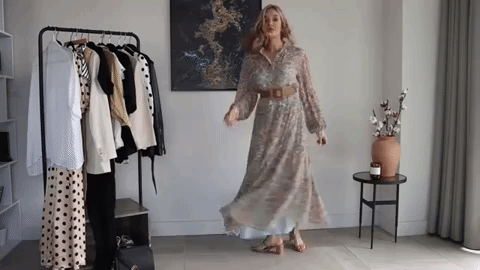
And finally, you can raid anyone’s wardrobe – dead or alive – who would it be?
Olivia Palermo’s. My forever icon!
Oh yes! I agree with you here although I strongly doubt, I would ever be able to fit into any of her clothes! Ha! I would love to raid her make-up bag and bathroom cupboard – I have real envy for her hair! No matter the occasion, season or location she always looks so put together and represents a modern elegance.
THE BEST STRATEGY FOR REACHING OUT TO INFLUENCERS:
1) Be honest about the size of your company. If you’re a start-up with a small to no budget for paid collaborations but are willing to give freebies then say so, it may work in your favour.
2) Do your research! Learn as much about the influencers you want to collaborate with before you contact them. As Lydia says, ‘if a start-up says that they’ve been a follower for a while and think their brand would work with my style then I’m always keen to share’. Watch their stories each day, note how often they post to their feed and how they interact with followers, what other brands they work with and use stats to gage their best performing posts. Once you’ve done this, you’ll have a better chance of sending them products they are more likely to use.
3) Don’t just contact those with a big following. Contact the influencers your target customers are most likely to follow. For example, if you’re starting a fast fashion label there’s no point you reaching out to a digital creator who focuses solely on haute couture even if they have a million followers!
4) Let creatives do their job! They know their followers and personal brand better than you do so as Lydia explains, ‘If someone forces me to post something then I’m less inclined to want to share it’.
Well that’s it folks! I really hope you enjoyed the first interview in my new fashion entrepreneurialism blog series. If you did please remember to share, follow us on social media (@tamara_harvey_official) and keep your eyes open for more content!
If you like Lydia’s style (who wouldn’t?!) then go and check her out on social media:
Instagram: https://www.instagram.com/lydiajanetomlinson/
YouTube: https://www.youtube.com/user/LillyTiffanyGirls
Website: http://www.lydiatomlinson.co.uk/

